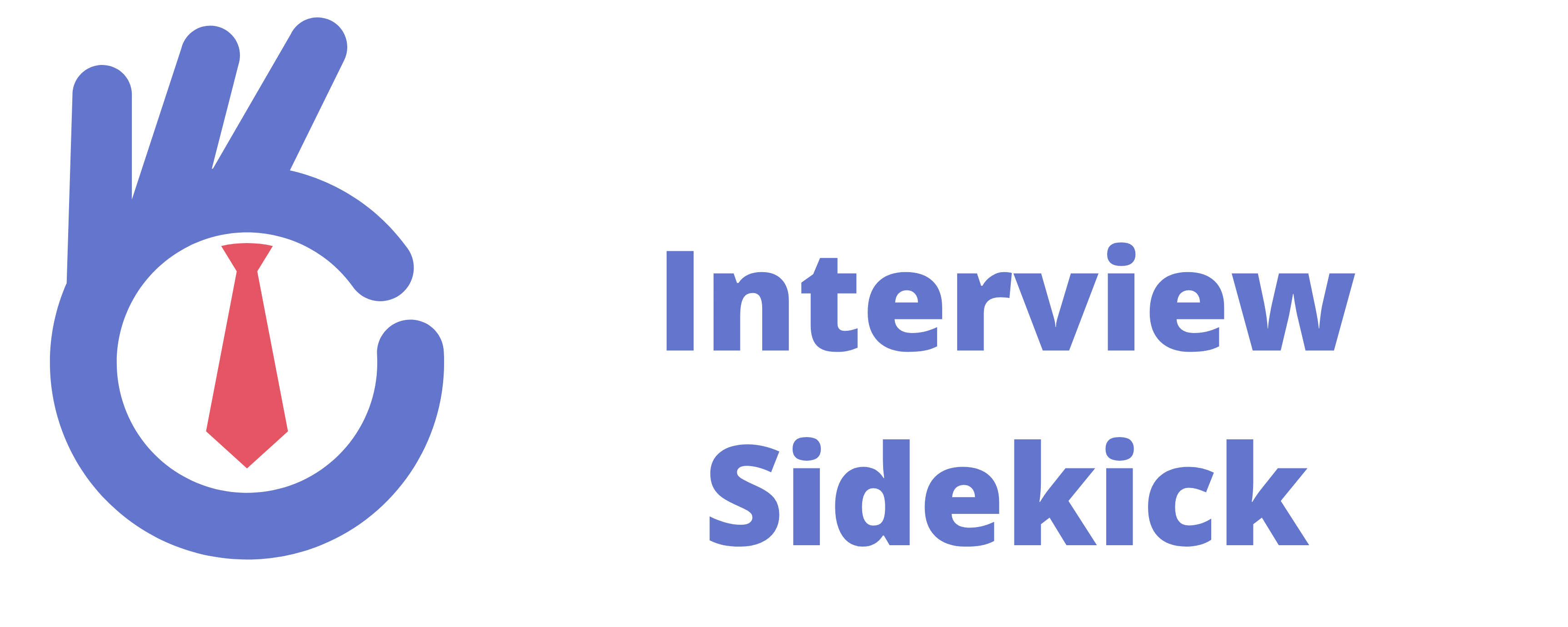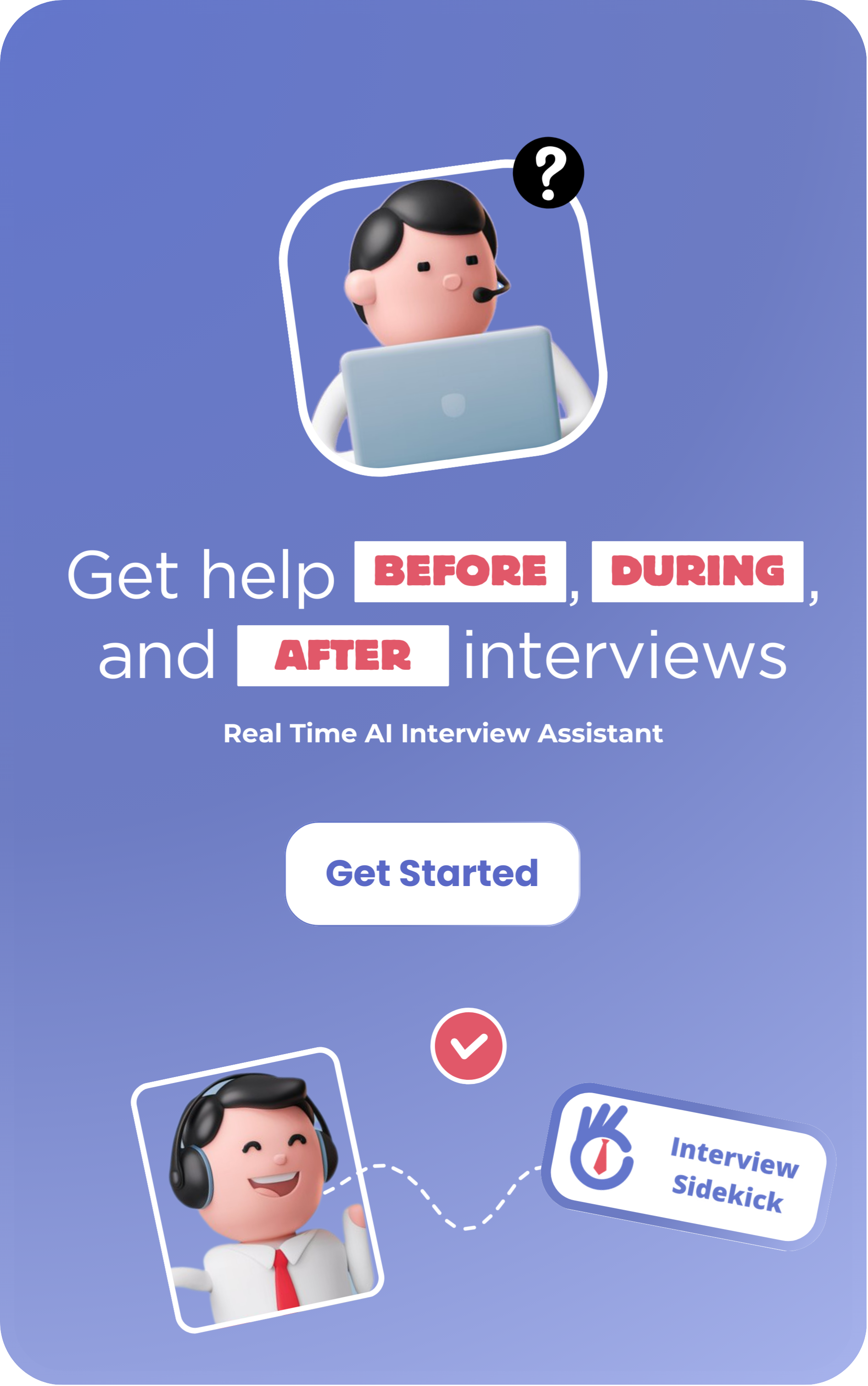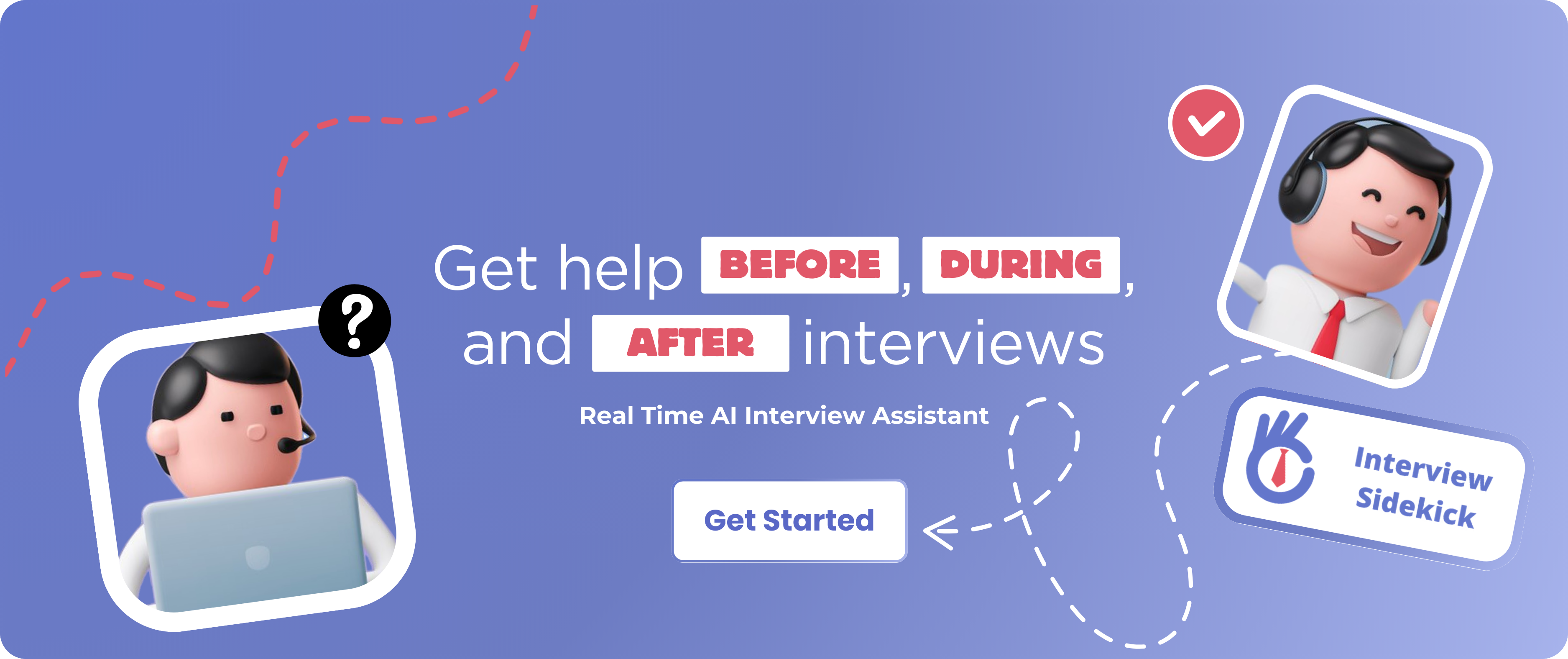3 Key Takeaways
• Prepare for Leadership Principle Questions: Understand how Amazon’s Leadership Principles are integrated into interview questions, and learn how to effectively align your answers with these principles.
• Tackle Technical Challenges: Get insights into the most common technical questions asked during Amazon interviews and tips on how to approach them with confidence and clarity.
• Practice Behavioral Questions: Learn strategies for answering behavioral interview questions that assess your problem-solving skills, teamwork, and ability to handle real-world challenges at Amazon.
Nevertheless, when it comes to preparing for Amazon interview questions, it might be a quite challenging task because such a company has very high requirements for its employees and the number of interview questions may also be quite large. Yes, it is still very competitive, but if you know the Amazon Leadership Principles and how to answer interview questions appropriately, you increase your chances. Here are some of the most common interview questions you are likely to be asked during an interview with Amazon and how to answer them.

Key Areas of Focus
- Behavioral Amazon Interview Questions Based on Leadership Principles
- Technical and Role-Specific Questions
- General and Situational Questions
Behavioral Amazon Interview Questions Based on Leadership Principles
Amazon conducts many interviews and approximately 50% of the questions asked are oriented towards the 16 Leadership Principles. Below you will see some examples of the behavioral Amazon interview questions and how the candidate should answer them with the help of the STAR technique.
Relevant
Amazon Leadership Principles Interview Questions: A Comprehensive Guide 2024
Customer Obsession
Question: Provide an example of a situation where you had to cater for controversy with a customer. That’s usually mobbed very heavily, how do you manage it?
Response Strategy:
- Situation: Summarize the environment and the unfavorable customer case.
- Task: Describe the position and objective you had going into the role.
- Action: Explain all the measures you separately took to resolve the complaint of the customer.
- Result: Emphasize the positive result and what you have read from it.
Example Answer:
In my past organization, a major client was dissatisfied with our ability to deliver goods late. They used to come to me to express their concerns. I escalated the response to the customer, personally apologized, and explained the circumstances and what had happened with the shipment. I also had to give them a bonus; buy one at a lower price the next time they visit our store. Consequently, the customer was appreciated and we again became their suppliers.
Ownership
Question: Can you give an example of a situation where you assumed the responsibility of handling a project?
Response Strategy:
- Situation: Explain what the project is, and why it is essential.
- Task: Characterise the job description.
- Action: Describe how you ensured to assume full responsibility for the project.
- Result: Discuss the positive results and findings and post-side analysis.
Example Answer:
For example, in one organization, where I used to work, there was a project that was regarded as very important and required implementation as soon as possible but it was lagging behind the planned schedule of its implementation. I decided to take responsibility again; rearranged priorities and established the daily meetings to track the work. I also made it my duty to inform the stakeholders about the new schedule as well. The project was delivered on schedule, and overall satisfaction concerning the service was boosted.
Invent and Simplify
Question: Explain one experience in your work/career where you had to generate a creative idea to deal with a challenge.
Response Strategy:
- Situation: State the previous situation which required an innovative solution to be implemented.
- Task: In respect to your role explain how it will be used to solve the problem.
- Action: Explain the measures that have been carried out innovatively.
- Result: Another thing is to stress the benefits of this solution for all sides – it is very important to clearly show how everyone will be better off turning to you for this solution.
Example Answer:
In my previous organization, we used to enter data manually which was very tiresome and contained lots of mistakes. I also created an automated Excel macro system, to eliminate errors which was a success as it reduced it by 90% and also halved the time taken to process the work. This innovation helped to increase general effectiveness and move some organizational activities to a more effective functional level.
Are Right, A Lot
Question: I do not think I have made a very good decision lately; can you give me an example of a successful decision you have made?
Response Strategy:
- Situation: Ensure that you lay the groundwork for the decision to be made.
- Task: In fewer than 130 words describe the choice you were forced to make.
- Action: Explain your action process involving the description of the incident/ event.
- Result: Get those involved to accept the successful outcome of your decision.
Example Answer:
In my earlier working experience, I was placed in a situation where I had to select between two marketing methods. Based on the market research and data analysis I decided to focus on the strategy of connecting with digital channels. This decision led to the increase of leads by 30 percent within the next six months and the sales were improved by 20 percent.
Learn and Be Curious
Question: Describe a situation in which you have studied some issues to enhance your performance.
Response Strategy:
- Situation: Explain the rationale for why one should learn something new.
- Task: It is necessary to state one’s purpose for obtaining the new information before finalizing its acquisition.
- Action: Explain measures that were taken to study the new content and put it into practice.
- Result: Emphasize how the newly acquired knowledge benefited your work.
Example Answer:
I thought to myself, developing better data visualization skills we increase our team’s reporting capacity multifold. I took an online course in Tableau, exercised every day, and incorporated it into our reports for the fourth quarter. This facilitated better and more tangible information to be provided to the executive team, and hence enhanced decision making.
Technical and Role-Specific Questions
Amazon interviews often include technical and role-specific questions to assess your skills and knowledge. Here are some examples:
For Software Development Roles
Question: Tell about one technical difficulty and how it is solved.
Response Strategy:
- Situation: The general context of the technical challenge has to be described.
- Task: Describe the steps all of you have taken to solve the identified problem.
- Action: Explain the specific actions you took to solve the problem essentially detailing how you worked through it from a technical perspective.
- Result: This is necessary to share if there is any improvement in the outcome or an alteration in the result attained.
Example Answer:
When creating a web application, I faced the problem of low performance because of ineffective queries to the database. I evaluated all the queries and determined areas of slowness. Through the use of optimized SQL queries, I was able to cut the time in half and introduce indexing that improved the application’s efficiency.
For Product Management Roles
Question: What are the strategies for defining the features of a new product?
Response Strategy:
- Situation: Explain circumstances when the choice of feature priorities could be made.
- Task: Explain how you will prioritize the intervention plan priorities.
- Action: Describe the approach used to analyze items to complete one or another phase of the problem-solving process.
- Result: Emphasize the novelty or enhancement of the product in the market.
Example Answer:
During a new product launch, I collected data and compared it with common feedback and other departments to determine important aspects. To select the features I prioritized them using the MoSCoW method where M must have, S should have, C could have and W won’t have. Thus, this strategy helped to achieve a favorable market fit with features that offered sufficient value to customers.
General and Situational Amazon Interview Questions
Another type of question, general and situational questions are posed to the interviewee to determine his or her problem-solving skills and everyday practices.
General Question
Question: Why do you have an interest in this company; why do you wish to work for Amazon?
Response Strategy:
- Situation: Think about the actions that can explain why you want to work at Amazon.
- Task: Discuss how the goals you set for the management of your career can be tied to the mission and values of Amazon.
- Action: Emphasize your fit for the position and interest in Amazon’s values, duties, and opportunities.
- Result: Stress your interest and willingness to work for the company’s benefit and success in this case.
Example Answer:
The principal reasons that I have an interest in rejoicing in my employment with Amazon are invention and customer preoccupation. The particularity I want to highlight is how the company is eager and capable of reinventing itself and generating outstanding customer experiences. From my previous experience in [your field] and commitment to Amazon’s Leadership Principles namely Learn and Be Curious and Bias for Action, I will be able to work well in the team. The available opportunity to join the staff of Amazon and become an important part of the work of a company that has made solving customer needs its ultimate goal interests me.
Situational Question
Question: How would you handle a situation where you disagree with your manager’s decision?
Response Strategy:
- Situation: Focus on where the two people performing the disagreement were coming from.
- Task: Describe your position and your view on the decision.
- Action: Explain in what way you would do it not only asserting your opinion but also respecting the other person.
- Result: Emphasize the need to find the solution to the problem peacefully.
Example Answer:
If I feel that I do not agree with my manager on a specific decision, I would first listen to gain understanding and therefore I would ask my manager questions that will help me understand the manager’s perspective on a particular decision. I would then form my opinion on the issue at hand bringing real/statistical evidence and reasoning it out by considering the effects on the team and the project. Should my manager continue to favor this approach, I would also agree with it and work as hard as possible to implement it in the organization by proving that I really want the best for the team, and following Amazon’s concept of Have Backbone; Disagree, and Commit.
Relevant
Amazon Interview Secrets: Master the Process and Shine in 2024
Conclusion
There are certain requisites for success in an Amazon interview: Amazon Leadership Principles and the strategy of answering questions. While answering Amazon Interview questions using the STAR method, coming up with real-life experiences, and ensuring you are emphasizing that you are the right fit for the position for Amazon, you will be able to present yourself in the best way. All the best in your preparation and bear in mind that with each interview you are winning and learning!
Additional Resources
- Amazon’s Official Career Site: Amazon Careers
- Books on Behavioral Interview Techniques: “Cracking the Coding Interview” by Gayle Laakmann McDowell, “The STAR Interview: How to Tell a Great Story, Nail the Interview and Land Your Dream Job” by Misha Yurchenko.
- Articles on Leadership Principles: Amazon’s Leadership Principles
- Videos and Tutorials on the STAR Method: YouTube videos and online courses on platforms like Coursera and LinkedIn Learning.
By focusing on these strategies and preparing thoroughly, you can confidently approach your Amazon interview and increase your chances of success.




